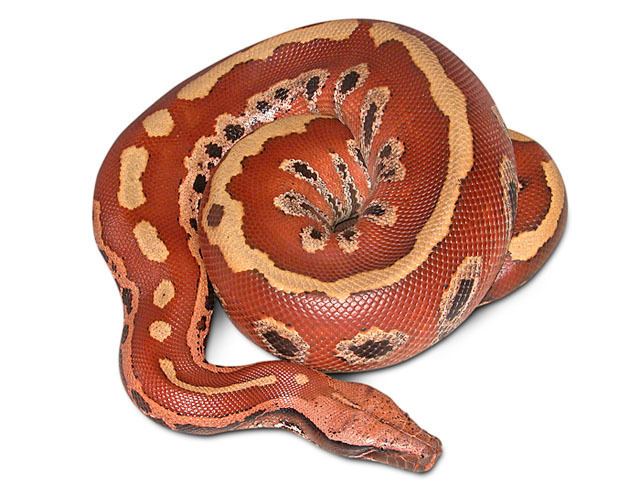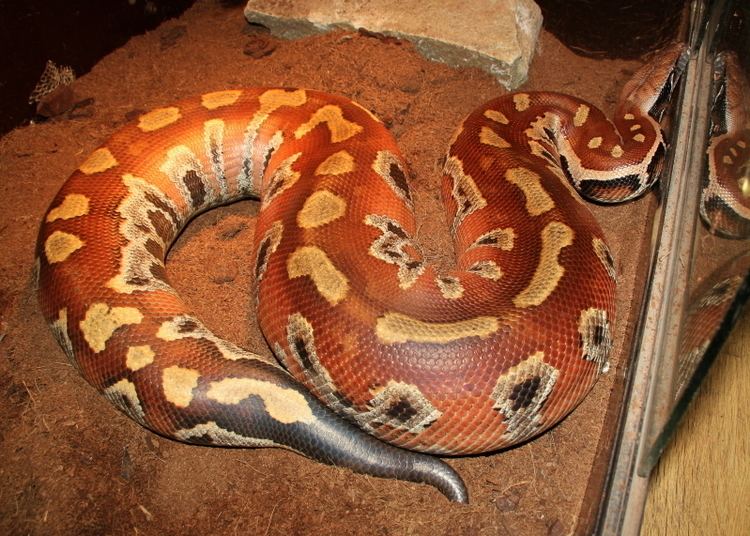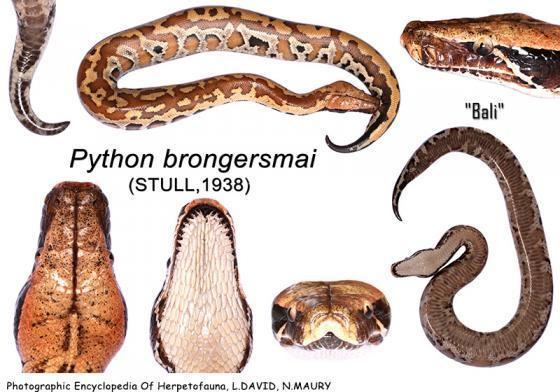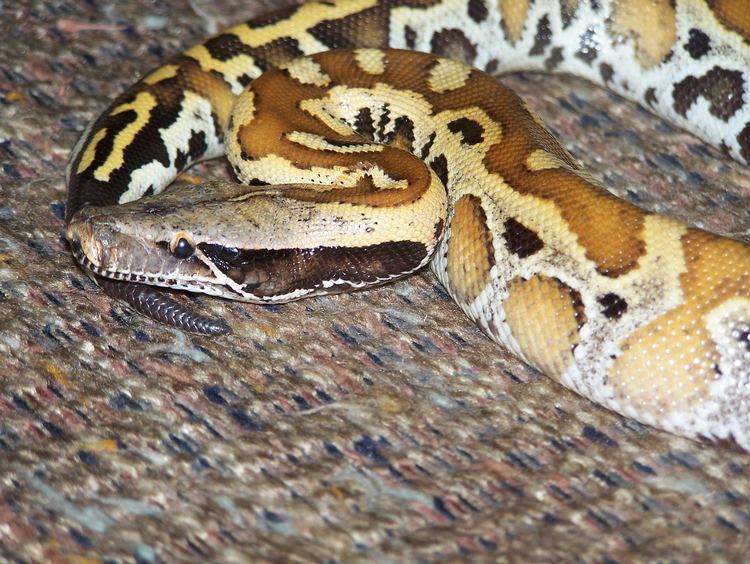Kingdom Animalia Subphylum Vertebrata Suborder Serpentes Scientific name Python brongersmai Rank Species | Phylum Chordata Order Squamata Genus Python Higher classification Python | |
 | ||
Similar Snake, Python, Reptile, Python curtus, Python family | ||
Python brongersmai, commonly known as Brongersma's short-tailed python, the blood python, or the red short-tailed python, is a species of python, a nonvenomous snake endemic to the Malay Peninsula.
Contents

Etymology
The specific name, brongersmai, is in honor of Dutch herpetologist Leo Brongersma.
Geographic range

P. brongersmai is found in peninsular (Western) Malaysia, Sumatra east of the central dividing range of mountains, Bangka Island and other islands in the Strait of Malacca, including the Lingga Islands, Riau islands, and Pinang. and Thailand.
Habitat
The natural habitat of P. brongersmai is often marshes and tropical swamps.
Behaviour
P. brongersmai is a primarily crepuscular species – usually active around dawn and dusk.
Size

Hatchlings range from 25–43 cm (10–17 in) in total length (including tail). Adult males typically range from 91–152 cm (36–60 in) in total length, and females between 120–180 cm (48–72 in) although a few have been recorded at 240 cm (96 in). These snakes generally look overweight due to their robust structure.
Lifespan
Most experts agree they can live 20 years or more in captivity if proper care is given.
Coloration

The color pattern consists of rich, bright red to orange to a duller rusty red ground color, although populations with yellow and brown are known. This is overlaid with yellow and tan blotches and stripes that run the length of the body, as well as tan and black spots that extend up the flanks. The belly is white, often with small black markings. The head is usually a shade of grey; individual snakes can change how light and dark the head is. A white postocular stripe runs down and back from the posterior edge of the eye.
Reproduction
This species is oviparous, with up to 30 eggs being laid at a time. The female coils around her eggs and shivers her body, producing heat to incubate the eggs properly.
Uses
Once widely considered to be generally unpredictable and aggressive, these snakes are gradually becoming more common among herpetoculturists. Formerly, many of the specimens in captivity were wild-caught adults from Malaysia. These are known to be more aggressive than those from Indonesia (Sumatra), from which most of the wild-caught, wild-bred, and captive-bred stock are now descended. Captive-raised juveniles generally become mild-tempered, somewhat-predictable adults. This, combined with several new brightly colored captive bloodlines, is helping to boost the popularity of these much-maligned snakes among reptile hobbyists.
The snake is part of a commercial harvest for leather.
Taxonomy
This species was first described by Olive Griffith Stull in 1938 as a subspecies of Python curtus. This taxon has since been elevated and recognised as a full species by Pauwels et al. (2000).
